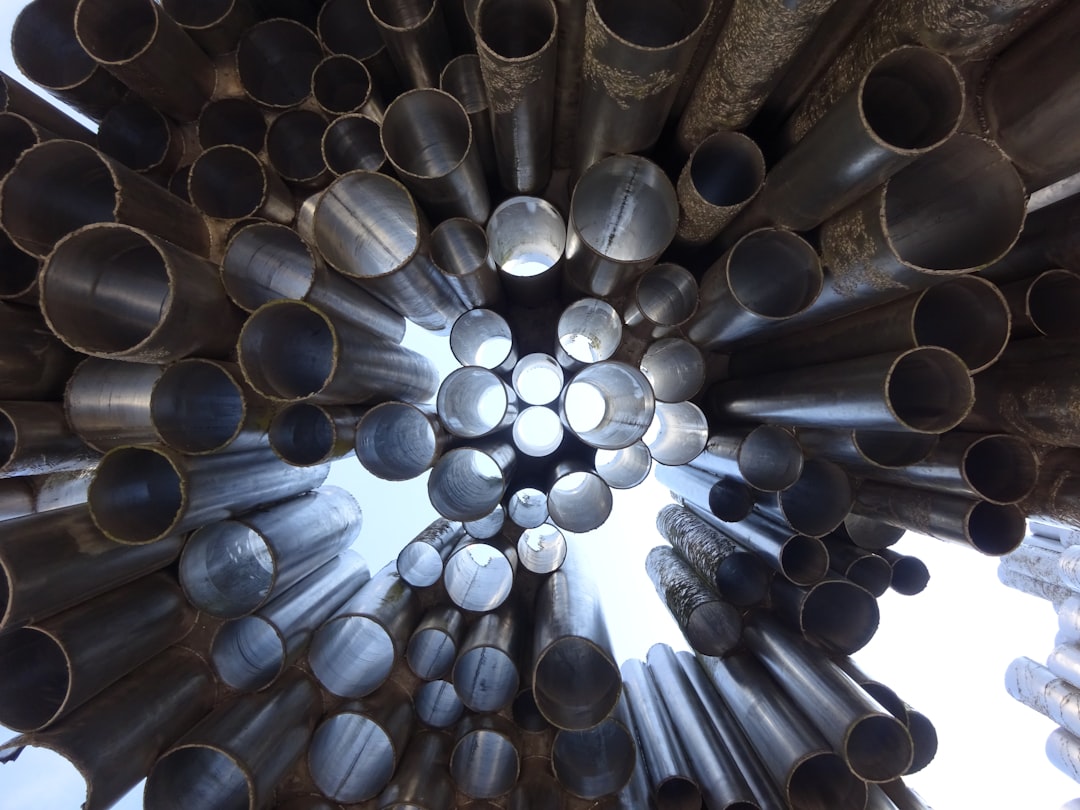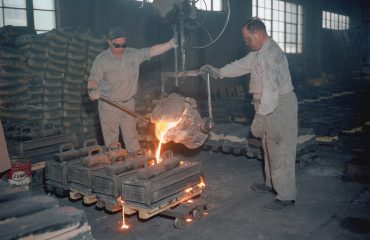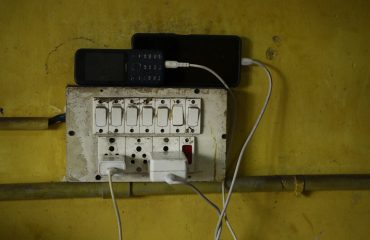Threaded pipes are ubiquitous in various industries, from plumbing and construction to manufacturing and oil and gas. Their reliable connection method makes them a cornerstone of fluid transfer systems. This comprehensive guide explores the key features and advantages that make threaded pipes a preferred choice for countless applications.
Understanding the Mechanics of Threaded Pipe Connections
The fundamental advantage of threaded pipes lies in their simple yet robust connection mechanism. Threads, precisely cut grooves along the pipe’s exterior, engage with matching threads on fittings, creating a mechanically strong and relatively leak-proof seal. This differs from other joining methods like welding or solvent welding, which require specialized equipment and expertise. The simplicity of threading allows for easier assembly and disassembly, crucial for maintenance and repairs. Different thread types exist, such as NPT (National Pipe Taper) – which uses tapered threads for a tighter seal, and NPSM (National Pipe Straight Mechanical) – employing parallel threads for easier assembly and disassembly. The choice of thread type depends on the application’s pressure requirements and the need for reusability.
Material Selection: The Foundation of Threaded Pipe Durability
The material of a threaded pipe significantly influences its durability, lifespan, and suitability for specific applications. Common materials include:
- Steel: Offers high strength and durability, making it suitable for high-pressure applications. Galvanized steel provides added corrosion resistance.
- Copper: Known for its corrosion resistance and excellent thermal conductivity, copper pipes are often used in plumbing systems.
- Cast Iron: Provides high strength and durability, suitable for underground applications, though it is heavier and more susceptible to corrosion than steel.
- PVC (Polyvinyl Chloride): A lightweight and corrosion-resistant material often used in low-pressure applications. However, PVC threaded pipes are typically not suitable for high temperatures.
- CPVC (Chlorinated Polyvinyl Chloride): A more robust version of PVC, offering higher temperature resistance and making it suitable for hot water systems.
The selection of the appropriate material is crucial for ensuring the longevity and safety of the piping system. Factors like pressure, temperature, chemical compatibility, and environmental conditions all play a role in material selection.
Advantages of Threaded Pipes: A Comprehensive Overview
Threaded pipes offer numerous advantages compared to other piping systems:
- Ease of Installation and Repair: The relatively simple connection method allows for faster installation and easier repairs. Specialized tools are minimal compared to welding or soldering.
- Reusability: Threaded connections can be easily disassembled and reassembled, making them ideal for applications requiring frequent maintenance or modifications.
- Cost-Effectiveness: While the initial cost may vary depending on the material, the ease of installation and repair can lead to overall cost savings.
- Versatility: Threaded pipes are available in a wide range of materials, sizes, and thread types, catering to diverse applications.
- Strength and Durability: When properly installed, threaded connections provide a strong and reliable seal, capable of withstanding significant pressure and temperature variations (depending on the material).
- Leak Prevention (with proper sealing): The tapered threads of NPT fittings create a self-sealing effect, minimizing the risk of leaks when properly sealed with thread sealant.
Applications of Threaded Pipes: Across Diverse Industries
The versatility of threaded pipes makes them suitable for a wide array of applications across various industries:
- Plumbing Systems: Threaded pipes are widely used in residential, commercial, and industrial plumbing systems for conveying water, gas, and other fluids.
- Industrial Processes: They find application in chemical processing, manufacturing, and oil and gas industries for transporting various fluids and gases.
- HVAC Systems: Threaded pipes are used in heating, ventilation, and air conditioning systems to transport refrigerants and other fluids.
- Fire Protection Systems: In fire sprinkler systems, threaded pipes ensure a reliable connection for quick and efficient water delivery.
- Compressed Air Systems: They are used to distribute compressed air in industrial settings.
Ensuring Proper Installation and Maintenance of Threaded Pipes
While threaded pipes are relatively easy to install, proper techniques are crucial to ensure a leak-free and durable connection. Using appropriate thread sealant (like PTFE tape or pipe dope) is essential to prevent leaks. Over-tightening can damage the threads, leading to leaks or pipe failure. Regular inspection and maintenance are crucial for identifying and addressing potential problems before they escalate. Properly maintained threaded pipe systems can provide years of reliable service.
In conclusion, threaded pipes offer a compelling combination of simplicity, strength, and versatility, making them a cornerstone of numerous industries. Understanding their features and advantages allows for informed selection and proper installation, ensuring the long-term reliability and safety of any piping system.
Tags: threaded pipes, pipe fittings, NPT, NPSM, pipe installation, plumbing, industrial piping




